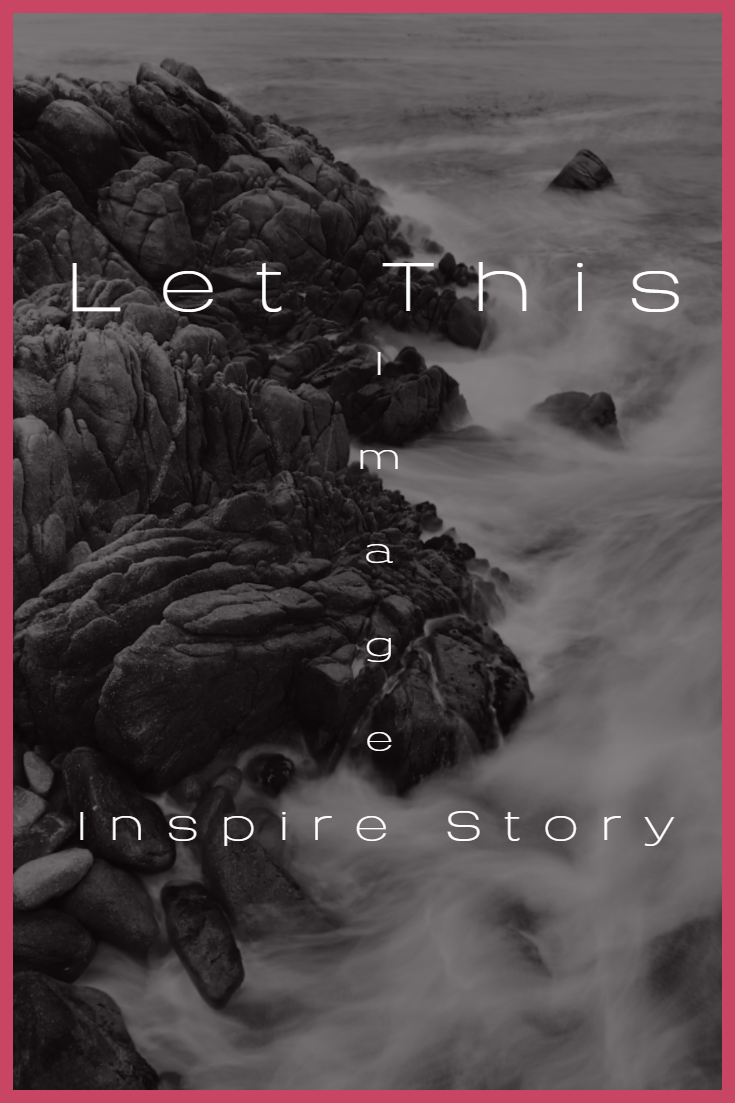
Photo courtesy of Adobe Stock
“Where, oh where, are all the story inspirations?
Some say, story inspirations are only as far away as your imagination. However, it is not uncommon for the creative mind to need a little boost now and then. Here are a few ways to get, and keep, the creativity flowing and find the story inspiration for your writing projects.
Images
Images are an excellent source of inspiration. Study the setting and create a narrative about the people and events in the photo. Imagine what people are saying to each other or what they might be thinking. Determine the mood and the emotions conveyed by the image. Write one or two sentences using words that match the emotions in the picture.
Conversations
Conversations are an excellent way to gather ideas, phrases, or even stories that spark the imagination. Now, be careful not to eavesdrop on discussions that people are having. However, it is not unusual to engage in conversations while at a party or in public places and discover phrases or topics of interest. Observe the interactions and body language as people communicate. Use a journal or notebook to record your observations. These are excellent to refer to later during character development.
News Stories and Articles
New stories and articles make great jumping off points. Whether it is online, on the TV, on the radio, or in print news stories have a way of sending a writer into a creative session. Sometimes it’s the smallest detail in the story that leads to a great idea for a fiction book. Other times the event itself sets the creative flow in motion. It’s okay; get inspired, create unique ideas from the news. But, please take care and do not plagiarize.
What If? Question is Great for Story Inspirations
Asking “What if?” is an excellent method in coming up with story ideas. Answers to this question have shown up on restaurant napkins, scraps of paper, sticky notes, emails, mind maps, pieces of cardboard, sides of paper cups, envelops, and many other types of media. Whatever is nearest when the idea strikes. Ask the question and then list all the answers that come to mind until there are none left. Then use this list to develop the story.
Story Maps (Think Mind Maps)
Story maps are like mind maps. But, instead of mapping around a single concept, create the map around the setting, characters, conflicts, and other elements to build ideas for a story. Using a large easel pad or poster board works great for creating story maps. The main thing is to not constrict the creative flow to current parts of the story, but to allow yourself to write whatever comes to mind. This just might lead to a brand new plot twist or change the story altogether.
Writing Prompts
Writing prompts are available just about everywhere. Search for writing prompts online and thousands of results pop up immediately. The truth is there is no shortage of ideas here. Take one prompt a day and begin writing. Don’t prejudge, edit, or allow criticize the work. Just write for at least fifteen minutes or more. See where the writing goes. Practicing this on a daily basis not only builds skill it develops a supply of story ideas.
Speed Writing
Speed writing is like to writing prompts. With this method there is no need for a prompt. Start with a fresh idea and write as fast as possible without prejudice or stopping to evaluate what is on the page. Try this each day for about ten minutes each time. This process often leads to new stories.
Brainstorming
Have a group of writer friends or at least someone who enjoys a good story? Connect with them and brainstorm for an hour or two. Just remember, there are no bad ideas. The sifting and sorting will happen later. This is a great technique that often develops more than enough material for an entire novel. It can be a lot of fun too!
Managing Story Inspirations
Sometimes it isn’t so much coming up with story ideas, it’s keeping track of all the ones that come. Try the following methods to manage story inspirations:
- Write a brief note on a 3 x 5 index card and store in a recipe box
- Record details (source, brief note on the idea, type of idea, etc) in a spreadsheet
- Use Scrivener to create a project file just for tracking your ideas
- Create folders on your computer and label and sort the ideas in categories
- Keep a journal on hand and write your ideas in the journal as they come to you
- Evernote and OneNote are both great tools to use
- Add a memo on your phone or send the idea in an email to yourself
- Some writers use StoryShop, Novel Factory, and other software to keep tabs on their ideas
- Good old fashioned physical file folders work wonders as well
- If there are tangible objects that you need to keep track of, a multi-drawer organizer works well
- Use a custom form to capture details about the idea and save on the computer or in a notebook
This list is not comprehensive. If you have any tips or ideas for developing story inspirations please leave a comment telling us about it.
MJP Editor
Makjay Publishing
Keep writing to “THE END”

